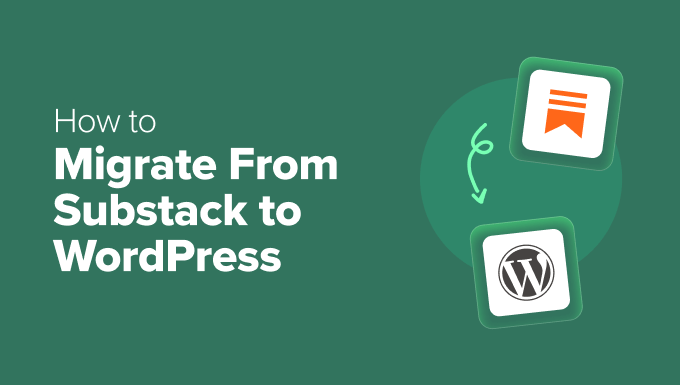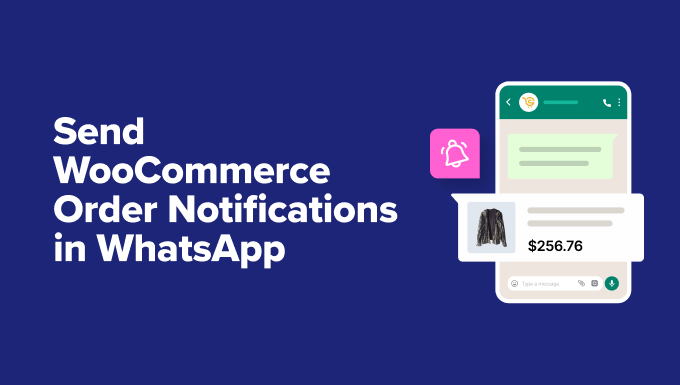Cart abandonment is a common issue for businesses. Only three out of ten shoppers who begin the checkout process complete their purchase. Each instance of abandonment represents lost revenue daily.
Despite efforts in SEO, paid ads, and online UX, businesses still risk losing customers at the final step.
This is both frustrating and detrimental to revenue. While physical stores have conversion rates between 20 to 40%, online stores average just 3%. With many shoppers not completing their purchase journey, there is a significant opportunity to increase sales.
Here are five main reasons for cart abandonment:
- High shipping fees or surprise costs, cited by 41 to 48% of shoppers as a reason for changing their mind.
- Complicated or slow checkout processes deter around 22% of shoppers.
- Slow loading times contribute to 17% of abandoned carts.
- Poor mobile optimization increases abandonment rates on smartphones.
- Lack of trust in security or reviews causes last-minute abandonment.
Addressing the causes of lost sales can help regain revenue before implementing an abandoned cart strategy. Cart recovery should enhance a well-optimized site, not act as a fallback.
WooCommerce can help solve common issues:
- Transparent pricing and shipping: WooCommerce plugins show shipping costs early, and dynamic calculators reduce surprises.
- Streamlined checkout flows: Features like on-page and guest checkout reduce friction and boost conversion.
- Speed and stability: Ensure faster load times and minimal tech issues with optimized WooCommerce stores.
- Mobile-first UX: Provide a smooth experience with mobile-optimized themes.
- Boosting trust and credibility: Offer secure payment gateways and verified reviews to reassure buyers.
Recovery isn’t just possible — it’s profitable
An abandoned cart is an opportunity. Effective recovery emails target warm leads who were ready to buy. A well-built recovery email sequence can achieve 13.3% click-through rates and 7.7% conversion rates, averaging $27 USD in revenue per email. Recovery sequences are efficient and cost-effective for increasing sales and retaining customers.
Step one: Track shopper behavior across your website
Start by tracking customer interactions to create personalized marketing campaigns and product recommendations. Use this data to tailor content based on behaviors, preferences, and purchase history to inform your conversion strategy.
Step two: Use advanced analytics to make informed decisions
Klaviyo’s integration with WooCommerce offers a seamless option for cart recovery. Its reporting and analytics track performance across campaigns, guiding smarter marketing decisions.
Step three: Leverage AI to create and test content that converts
Klaviyo uses AI to craft compelling subject lines and personalized product recommendations. Its platform integrates analytics for intuitive reporting and attribution.






